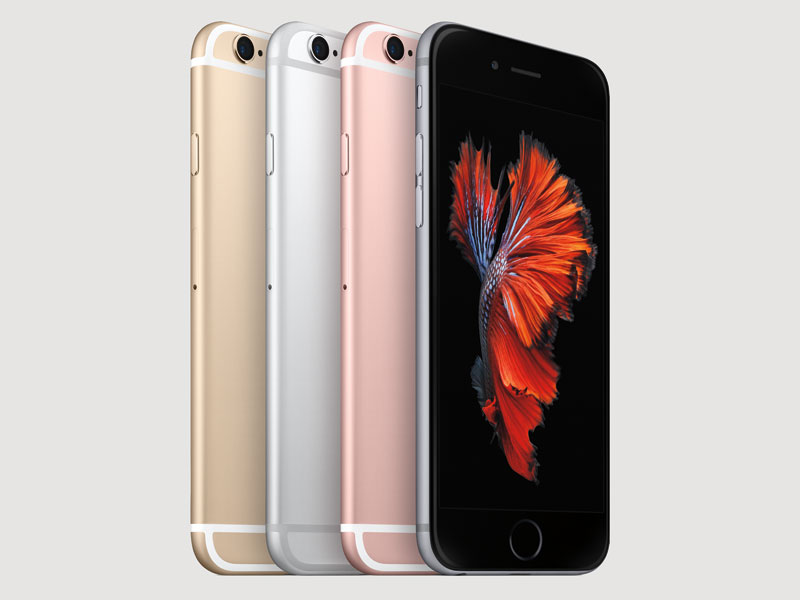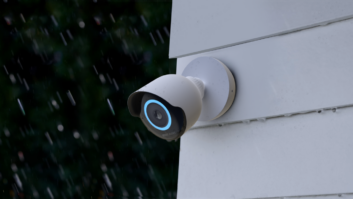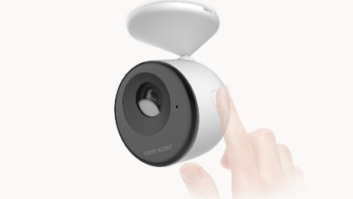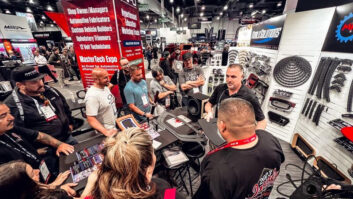
2016 proved that digital is the way of life, which means mobile capabilities need to be incorporated to any brand’s or retailer’s sales strategies. Many brick-and-mortar stores are reaching for new ideas and new digital tactics to increase revenue. From blending online and offline brand experiences to finding new ways to engage with customers, there are a few things that brands and retailers can learn for 2017.
Creating Mobile-First Experiences
The newest generation of shoppers are what the industry is calling “mobile-first” shoppers, which means they are more likely to make their first interaction with a brand or retailer through a mobile device. Between mobile sites and native apps, brands have a never-ending list of new ways to interact with their consumers. The mobile-first mentality has successfully been adapted in the travel, social and transportation industries, including well-known brands such as Uber and Airbnb.
Apps load in a fraction of the time of a web page — typically within less than a second! Faster connection times, result in more engagement, and more engagements generally result in higher conversions (sales). Smartphone apps allow you to use the camera, GPS, and other features to interact with your potential customers that are unavailable when accessing a brand through its mobile site.
Blending Online and Offline
Retailers have been striving for years to achieve a seamless omnichannel marketing approach, allowing consumers to get a unified shopping experience whether online from a PC, a mobile device, an app, or in store.
One brand that has done this seamlessly is Pokemon Go, which uses the smartphone’s camera and GPS, to retrieve data of the consumer’s location, while they interact with the app and hunt for virtual Pokemon. Retail stores should learn from this app to create an experience for consumers to connect their in-store and online experiences.
Targeting Local Consumers
When users downloads apps, they are often prompted with a question to access their location. This turns their GPS data on while using this app, so brands and retailers can use geo-fencing services to access their location and send them information. A geo-fence uses GPS signals to send promotions, notifications or incentives to anyone who enters or exits a specific area.
Brands can set their own parameters to create hyper-local campaigns to a target audience. There are many different ways to geofence including, sending automated SMS to customers, and displaying social media ads. This is an effective strategy to get those nearby into your brick and mortar building.
Timing and Mobile Use
According to Maribeth Ross, marketing senior VP of Monetate, 2016 holiday shoppers were more comfortable buying big-ticketed items on their phone rather than in the store, and they waited until closer to Christmas to purchase their items than in previous years.
With how frequently mobile devices are being used for online shopping, and with how little the screens are, she suggests that retailers focus on making their sites and their apps easy to navigate, minimize pop-ups, and use badges to help consumers recognize certain items quickly and identify items with specials such as free shipping. Having an easy to navigate site will help conversion rates.
Stephanie Mialki is a content writer atDealsPlus.com, a leading consumer shopping, coupon and deal site.













